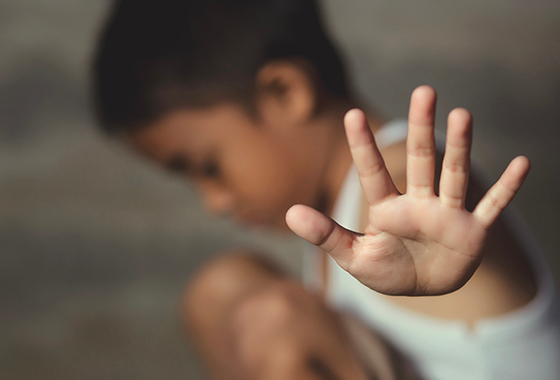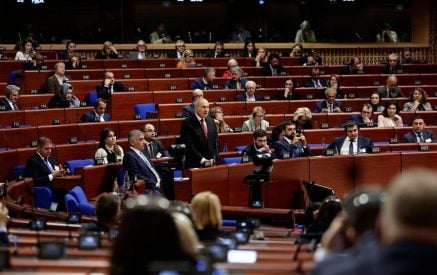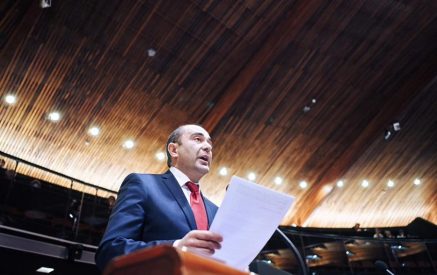“Widespread sharing of sexual images and videos produced by children themselves has become a challenge that we must urgently address, especially as the risks of sexual exploitation and abuse have increased in the context of the lockdown and resulting isolation of children,” said Dimitri Houbron (France, ALDE), PACE rapporteur on the assessment of the means and provisions to combat children’s exposure to pornographic content, during a parliamentary hearing held by videoconference.
“Sexting – the communication of self-generated images of a sexual nature – is a growing phenomenon among young people aged up to 18 years,” said Matthew Ezzell of the Culture Reframed NGO. A major 2018 study of 110,000 young people (average age: 15) found that 14.8% of them had sent “sexts” and 27% had received them. Such explicit content is most often shared via mobile phone and without consent, Ezzell explained. Other studies show that sexting is related to higher rates of depression and anxiety, and that girls are under more pressure.
The increase in the online dissemination by children of self-generated explicit material since coronavirus lockdowns began was confirmed by Europol’s Toni Klančnik as he presented the findings of a report. He reflected on whether these young people were ‘potential victims’ or victims already and whether sexting should be considered as a crime and at what stage, bearing in mind that a distinction must be made between possessing, distributing and sending images of this kind. “Prevention, education and awareness-raising about this type of practice are essential,” said Mr Klančnik, pointing to Europol’s “Say No! Online sexual coercion and extortion of children” prevention and awareness campaign as an example.
The public hearing was organised as a Parliamentary Assembly contribution to the European Day on the Protection of Children against Sexual Exploitation and Sexual Abuse (18 November).
Read also
PACE


























































